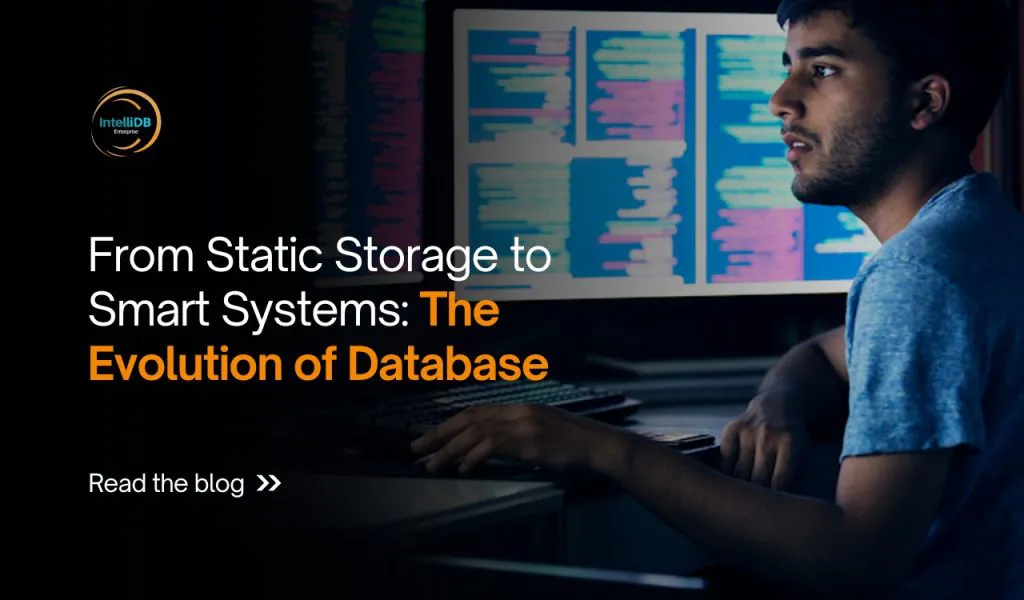Beating the Cloud Migration Busters
Cloud migration is not a luxury anymore but a necessity in the digital era. Companies seek flexibility, scalability, and affordability that cloud infrastructure provides. However, the cloud journey is riddled with hidden culprits—migration busters—causing the project to slow down, increasing the budget, and even resulting in project failure in some situations. Detection and agility of such culprits are crucial to a successful cloud migration plan. Let’s walk through some of the largest cloud migration busters and how to overcome them successfully.
Lack of Strategy and Planning
One of the most common and expensive mistakes in cloud migration is beginning without a clear strategy. Organizations jump to the cloud because of competition or executive mandates, without spending time to review their current state, goals, or readiness. This results in disconnected migrations with applications being migrated independently, compatibility issues crop up, and costs quickly spiral out of control. An effective cloud migration begins with a strong foundation—a complete strategy that defines the business objectives, migration timeline, infrastructure readiness, application dependencies, and change management. When there is not such a strategic plan, teams make things up as they go along, and this leads to delays, wastage of resources, and lack of measurable ROI. A correct strategy makes the migration process a business journey, not merely a tech upgrade.
Underestimating Application Complexity
Applications built within legacy environments have typically been built with intricately coupled pieces, unstated dependencies, or antiquated technology that does not map well to the cloud environment. An application, by its appearance on the surface, is not necessarily simple, but migration introduces surprises such as hardcoded IP addresses, the use of local storage, or strong coupling with on-premise devices. Ignoring this complexity leads to applications that break after migration or significant rework. Effective cloud migration requires extensive information on application architecture, communication patterns, data streams, and performance requirements. Other times, lift and shift won’t cut it; the application may have to be rearchitected to actually take advantage of the cloud. The secret is to identify complexity early on and prepare for it using the appropriate tools and schedules.
Data Transfer Bottlenecks
Shifting large volumes of data to the cloud is a technical and logistical problem that most organizations don’t appreciate until it becomes a critical bottleneck. Cloud networks may be fast, but moving terabytes or petabytes of data is never real-time. Bandwidth limitations, latency, and data integrity problems can easily slow down migration processes. Worse still, ensuring that the migrated data is consistent and up-to-date with the live systems during transfer is a task of gigantic proportions. Left unmanaged, however, these issues can cause extended downtime or compromised data sets in the cloud. To prevent this, migration teams will be required to research hybrid approaches, phased transfers, and specialized software designed to optimize transfer speeds without sacrificing data integrity. Handling data transfer with the seriousness it deserves permits cleaner and less error-prone migrations.
Security and Compliance Risks
Security comes first while migrating to the cloud, especially for businesses handling sensitive or regulated data. Transferring workloads without re-evaluating security policies in a cloud environment opens up crucial vulnerabilities. The cloud operates on a shared responsibility model—where the provider secures the infrastructure but the customer secures their applications, data, and user access. This model is too frequently misunderstood, leading to misconfigured environments, open endpoints, and compliance failures. Further, cloud migration does not exempt companies from staying compliant with industry regulations such as GDPR, HIPAA, or PCI DSS. Security therefore has to be introduced at all levels of the migration process, starting from planning up to monitoring.
Without a culture of cloud-native security, not only do data breaches happen, but customers and regulators also lose trust with organizations.
Cloud Cost Surprises
Most organisations make high demands from the cloud to automatically bring costs down, and then end up being surprised by bills higher than expected. It is most often the result of poor cost modeling, poor resource provisioning, and poor governance on usage. A classic example of one of these errors is spinning up large virtual machines to test and failing to shut them off. Another is underestimating data egress cost or over-provisioning storage, which can quietly gnaw at budgets. Cloud spending is variable and usage-based, so it makes it harder to budget against compared to on-premises infrastructure. To avoid nasty surprises, businesses need a cost-sensitive culture, supported by monitoring, forecasting, and optimization tools for use. Having financial visibility as part of the migration plan ensures that teams stay within budget and can justify the cloud investment to stakeholders.
Lack of Skills and Training
The cloud introduces new paradigms such as infrastructure such as code, container orchestration, continuous integration pipelines, and serverless computing. These require skill sets that might not be available with traditional IT staff. Migration efforts are prone to getting stuck when teams are unable to move quickly or implement cloud-native practices. Relying solely on the old workflows and jobs in a new environment, they cause inefficiency and chaos. The skills gap must be addressed by concentrated training, certifications, and in-house knowledge-sharing programs. Empowering teams with the ability and know-how to operate in the cloud not only speeds up migration but also long-term sustainability of cloud operations. Migration is not technology; it’s people and whether they can adapt with it.
Resistance to Change
Perhaps one of the most underappreciated cloud migration challenges is organizational resistance. Employees are afraid that they will be displaced by automation or new technology. Managers fear disruption to routine operations or the stability of the new infrastructure. This resistance may not be conscious; it can manifest as slow adoption, passive disengagement, or the retention of legacy systems. Such cultural drag can nullify even the best-funded migration programs. It can only be overcome with strong leadership, open communication, and participative planning. When employees are involved in the decision-making process, educated on new technology, and shown how their work will be transformed—not eliminated—they are more likely to embrace the transformation. Success in migration has nothing to do with systems but rather trust, morale, and common vision.
Conclusion
Migration to the cloud is a turning point in any firm’s digital transformation, but the journey is fraught with hurdles requiring vision, technical sophistication, and cultural agility.
The “cloud migration busters” mentioned above are not barriers—they are checkpoints that push your approach to the next level of complexity. Each of them is an invitation to create more robust systems, empower your people, and connect technology with business goals. By recognizing these challenges early and addressing them thoroughly, organizations can transform the cloud from a destination to a living platform for innovation, resilience, and growth.

